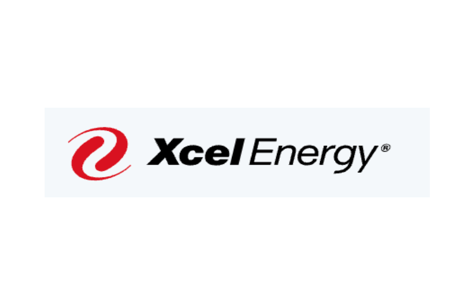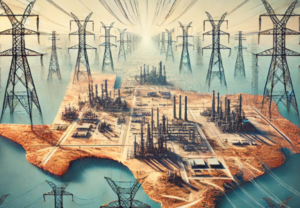One of the region’s largest power providers said it planned to build three solar energy facilities in the Permian Basin area, in southeast New Mexico and Texas.
Xcel Energy announced plans on Monday for solar generating sites in Hobbs and in Earth, Texas.
The solar arrays will augment existing power plants: Xcel’s Cunningham Generating Station in Hobbs and the Plant X Generating Station in Earth, Texas.
Both sites primarily use natural gas to produce power sold to Xcel’s customers, but the company plans to retire the oldest units – some dating back to the 1950s and 1960s – at the sites and install solar power to supplement the loss.
The projects, pending regulatory approval, were being submitted for approval from regulatory bodies in both states later this summer, according to company announcement.
Download Center
Excel Energy Texas Air Permits
Final decisions were expected in 2024, meaning the sites could go into service by 2026 or 2027, read the announcement.
Xcel said it was also considering proposals to add battery storage of the energy at the two sites and will submit those for approval at a later date if they are pursued by the utility provider.
Situated in the Permian Basin and northern Texas panhandle, respectively, Hobbs and Earth, Texas were amid heavy industrial growth in the extraction industry and the additional power and grid reliability was intended to meet resulting higher demand, said Adrian Rodriguez, president of Xcel’s Texas and New Mexico operations.
“As clean energy technologies evolve, a diverse resource mix is of vital importance to ensure continued high reliability while maintaining the affordability of the power we provide,” he said in a statement.
Two solar facilities would be installed in the Hobbs area around the Cunningham site, with a combined capacity of 268 megawatts.
The solar installation near the Plant X site in Earth, Texas would have a generating capacity of 150 megawatts.
Together, the facilities would generate enough power for 140,000 average homes based on Xcel’s estimated customer use.
Rodriguez said the region was ideal for solar energy generation, as the high deserts were known for frequent sunny days.
“Our region’s abundant sunshine provides some of the best solar power opportunities in the nation and these new projects help us fulfill commitments to our employees and host communities while utilizing one of our greatest natural resources,” he said.
Rodriguez said that shifting these facilities to produce renewable energy would help sustain them into the future, a transition he contended could continue supporting local workforces and energy needs.
“We have a long and mutually beneficial relationship with communities near Cunningham and Plant X that have provided us with a talented workforce, and our investments provide tax revenue that helps our communities maintain services to their citizens,” he said.
Xcel estimated almost 40 percent of the region’s electricity was supported by renewable energy, mostly wind power.
That’s saved customers about $700 million in generating costs via wind energy since 2019, the company estimated as it targeted an 80 percent reduction in carbon emissions from its operations by 2030.
New Mexico was poised to make a similar transition of its own.
In 2019, New Mexico Gov. Michelle Lujan Grisham signed into law the Energy Transition Act (ETA), that set a goal for the state to produce 100 percent zero-carbon energy, such as from renewable sources, by 2045.
Solar power was likely to play a role in that shift as the Energy Information Administration (EIA) ranked New Mexico third in the U.S. for its solar power potential, behind only Nevada and Arizona.
Utility-scale solar voltaic systems contributed about 5 percent of New Mexico’s total in-state generation last year.
In total, about 42 percent of the state’s electricity generation came from renewables in 2022, the EIA reported, five times higher than in 2015, while New Mexico started 2023 ranked ninth in the nation for wind capacity.
The Solar Energy Industries Association said at the end of 2022, New Mexico was 20th in the U.S. for solar power installed with 1,483 megawatts in 45 facilities by the fourth quarter.
But to make solar power accessible to low-income and renting households, which often cannot afford rooftop panels and may not be connected to utility providers like Xcel, New Mexico lawmakers also passed the Community Solar Act in 2021.
This allowed smaller customers to tap into shared solar installations known as “solar gardens,” with the Public Regulation Commission (PRC) announcing May 22 the first slate of projects approved under the new program, which was capped at 200 megawatts (MW) statewide.
Projects were capped at 5 MW, per the Act.
One bid for such a project in Carlsbad was selected, owned by PPC New Energy with a capacity of 5 MW.
Waitlisted projects in southeast New Mexico were in Hobbs owned by USS Millen Solar LLC with a capacity of about 4.8 MW, along with another in Carlsbad owned by USS Livingston Ridge Solar LLC also with a 4.9 MW capacity.
Energy News










